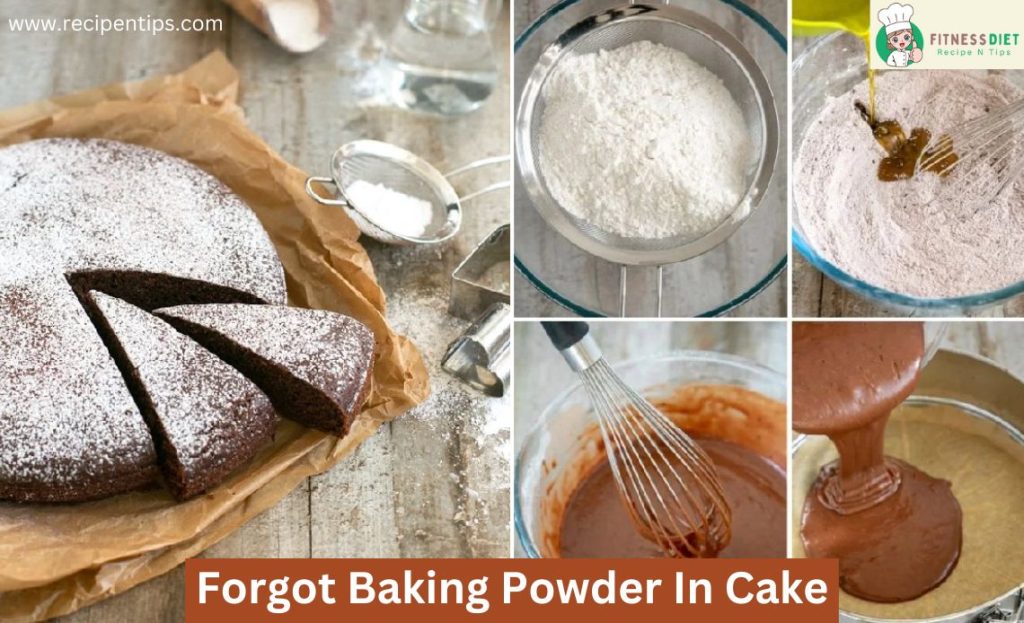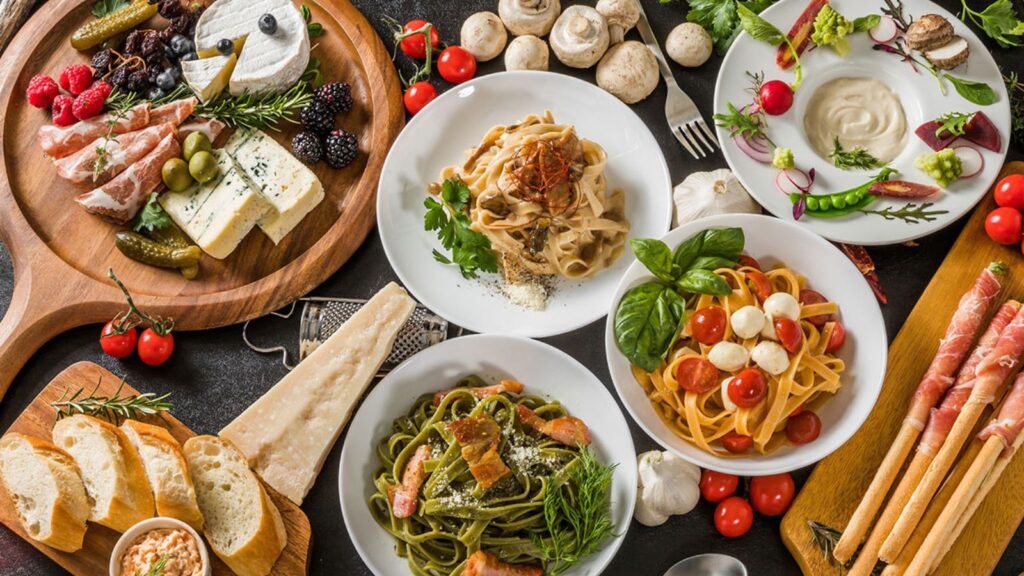Are you an amateur baker who has just made a cake only to realize you’ve forgotten the baking powder? Fear not; there is still hope! In this post, we’ll look at what can be done if you accidentally forgot baking powder in cake. We’ll provide simple troubleshooting tips to help make sure your baking project will stay on track. We’ll also share helpful advice that could save future bakers from making the same mistake.
With our clear instructions and guidance on fixing things when it comes to forgotten baking powder in cakes, trouble-free baking will be far easier than ever!
Forgot Baking Powder in Cake
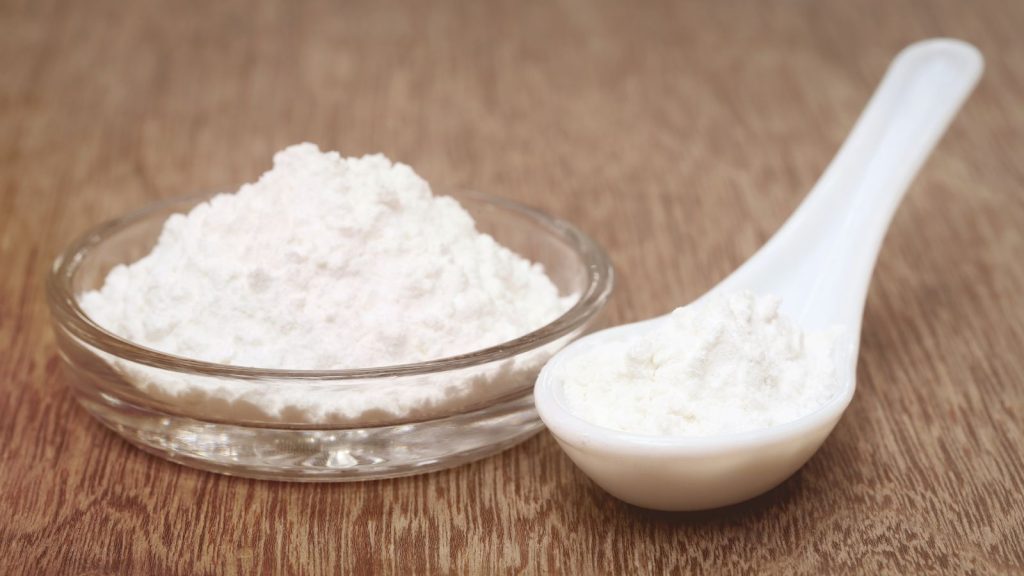
Humorously baking can sometimes be a disaster. Have you ever felt the frustration of wanting to make a beautiful cake only to realize that ingredients like baking powder have been forgotten? It has become a problem for many bakers, resulting in either an unbaked cake or one without its light and fluffy texture.
Whether during a hurried grocery shopping trip or due to a lack of organization when preparing, forgetting something as simple as baking powder can lead to catastrophic results. To ensure that no more disasters await in the kitchen, carefully plan each recipe and double-check your ingredients before beginning.
Substitute for Baking Powder
Many of us use baking powder in our recipes; however, in a pinch, there is a substitute that can be used. Vinegar and baking soda are the main components of this baking powder replacer, but it’s important to understand the ratio between these two ingredients.
A good rule of thumb is that for each teaspoon of baking powder called for, replace 1/4 teaspoon of baking soda combined with 1/2 teaspoon of vinegar or citric acid.
This quick substitution will give recipes a similar lift as the regular baking powder but should be used immediately after mixing as the reaction will only last for a while. Be sure to mix the ingredients for a consistent result thoroughly!
Provide Alternatives to Baking Powder
Many dishes, such as cakes and biscuits, can only be made with baking powder. Fortunately, some alternatives can be used as a substitute for baking powder, such as cream of tartar combined with baking soda or sour milk.
Cream of tartar is an acidic ingredient typically easily found in grocery stores. When paired with one teaspoon of baking soda, it provides enough leavening power for the dish being prepared. Sour milk contains acidity from fermenting lactic bacteria, which will react with the bicarbonate of soda when heated.
Using a quarter teaspoon of bicarbonate soda and adding enough sour milk until you have a thick creamy paste provides the necessary leavening agent like a baking powder would supply. With some creative substitutions, all your baking needs are now covered!
Tips on How to Avoid Forgetting Ingredients when Baking
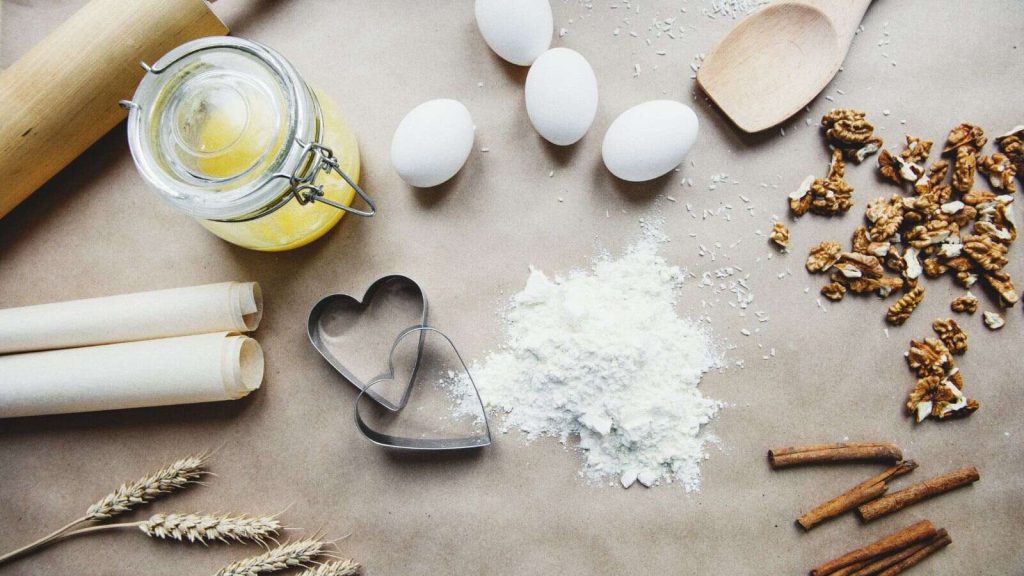
Make a list
The first step to avoiding forgetting ingredients when baking is to list everything you need before you start baking. It may seem like an obvious step, but it’s one that many people need to remember.
By sitting down and writing out a list of everything you need, you’ll be more likely to remember something important.
Check your pantry and fridge
Before you add anything to your list, take a quick inventory of your pantry and fridge. You may already have some of the ingredients you need on hand, saving you time and money.
Group items together
Once you have your list, group items used in the same recipe together; it will help you stay organized while you’re baking and make it less likely that you’ll forget something.
For example, if a recipe calls for flour, sugar, and eggs, group those ingredients together so you can grab them all at once.
Set out all of the ingredients
Once you have everything grouped, set out all ingredients on your counter or work surface. It may seem like an extra step, but it’s helpful to double-check that you have everything you need before you start baking.
Plus, it will save you time in the long run because you won’t have to stop baking to search for an ingredient.
Pre-measure the ingredients
Suppose a recipe calls for specific measurements (such as 1 cup of flour); pre-measure the ingredient before you add it to the bowl. It will help to avoid accidentally adding too much or too little ingredients.
Follow the recipe exactly
It can be tempting to change a recipe, but resist the urge! Changing even one small thing could throw off the entire recipe and cause your baked goods to turn out poorly. So, follow the recipe exactly as it is written, and feel free to ask for help if you need clarification.
Read through the recipe ahead of time
Another helpful tip is to read through the recipe ahead of time so you know what to expect. It will help prevent surprises and allow you to plan if any steps take longer than expected.
Benefits of Using a Shopping List When Buying Groceries and Preparing Meals
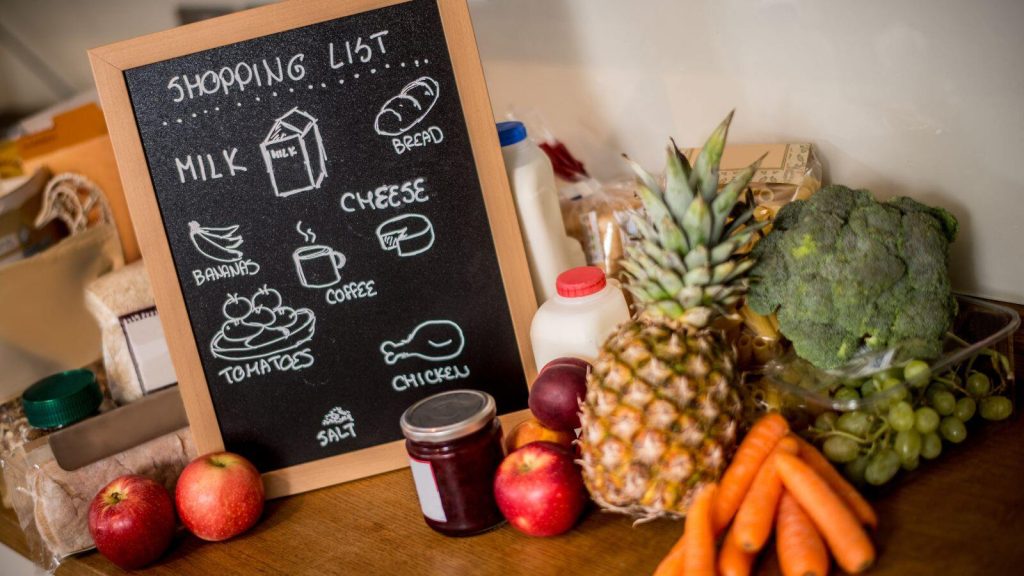
Helps You Save Money
One of the primary benefits of using a shopping list when buying groceries is that it can help you save money. When you list the items you need before going to the store, you are less likely to make impulse purchases.
Impulse purchases can add up quickly and cost you more than you had planned to spend. Additionally, by sticking to your list, you will be less likely to forget items you need, saving you time and money in the long run.
Reduces Food Waste
Another benefit of using a shopping list is that it can help to reduce food waste. When you know exactly what you need, you are less likely to purchase items that you will not use.
According to the USDA, the average American family wastes about 25% of the food they purchase yearly. It amounts to about $1,500 worth of food per year! By making a list and only buying what you need, you can help to reduce this amount of waste.
Saves Time
In addition to saving money, using a shopping list can also save you time. When you know exactly what items you need, you can avoid wandering up and down the aisle looking for things.
It can be especially helpful if you are short on time or have young children with you who may get restless. Additionally, having a list can avoid making multiple trips to the store if you forget an item, as everything will already be at home waiting for you.
Helps You Eat Healthier
Another benefit of using a shopping list is that it can help you eat healthier. When you plan your meals and list the ingredients needed, you are more likely to choose healthy options than unhealthy convenience foods.
Planning also allows you to take advantage of sales and coupons on healthy foods, which can further help to improve your diet.
Reduces Stress
In addition to the practical benefits of using a shopping list, it can also help reduce stress. Planning your meals and making a list can structure your day and make it less chaotic.
Additionally, by having a plan and knowing what ingredients you need, you can avoid feeling overwhelmed when standing in front of the grocery store shelves trying to decide what to make for dinner.
Advice on Reading Recipes Carefully Before Starting Your Bake
- Read the recipe all the way through before beginning. It will help you to understand the ingredients and the steps involved and to spot any potential problems.
- Make sure you have all ingredients on hand before starting. It is better than getting halfway through a recipe only to realize you need an important ingredient.
- Preheat your oven and prepare your baking pan according to the recipe instructions. It will help ensure that your food cooks evenly.
- Pay attention to the order of the ingredients. Some recipes will require that you mix certain ingredients before adding others. Be sure to follow the instructions carefully, so your bake turns out correctly.
- Be careful with measurements. Baking is a science, so it is important to be precise with your measurements. Use a measuring spoon or cup for dry ingredients and a liquid measuring cup for wet ingredients.
- Follow the directions for mixing thoroughly. Overmixing can result in a tough bake, so mix only until the ingredients are combined.
- Bake for the amount of time specified in the recipe. Do not open the oven door during baking, as this can cause your food to become overcooked or uneven.
- Check your food for doneness at the end of the baking time by inserting a toothpick or cake tester into the center. If the toothpick comes out clean, your food is done; if not, it needs to be baked for longer.
Outline Different Types of Cakes That Don’t Require Baking Powder or Other Leavening Agents
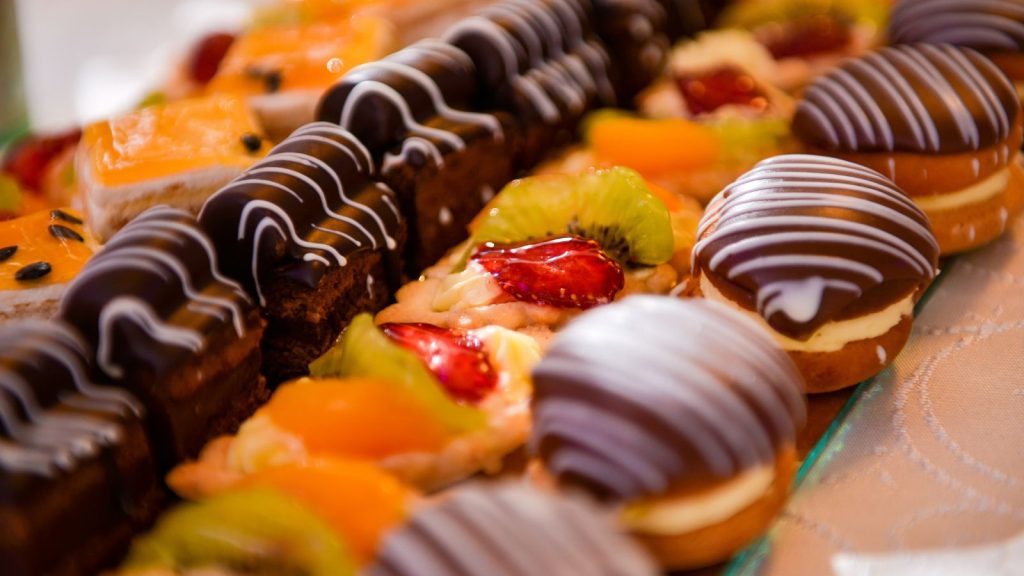
Chiffon Cake
Chiffon cake is a type of cake that is made with eggs, oil, sugar, flour, and baking soda. The cake is light and fluffy and often has a citrus flavor.
Sponge Cake
Sponge cake is a type of cake that is made with eggs, sugar, flour, and butter. The cake is light and airy and often has a vanilla flavor.
Angel Food Cake
Angel food cake is a type of cake that is made with egg whites, sugar, flour, and cream of tartar. The cake is light and airy and often has a vanilla flavor.
Pound Cake
Pound cake is a type of cake that is made with butter, sugar, eggs, and flour. The cake is dense and rich and often has a flavor of vanilla or lemon.
Fruit Cake
Fruit cake is a type of cake that is made with dried fruits, nuts, spices, and alcohol. The cake is dense and moist and often has a strong flavor.
Carrot Cake
Carrot cake is a type of cake that is made with carrots, sugar, eggs, flour, and spices. The cake is dense and moist and often has a sweet flavor.
Red Velvet Cake
Red velvet cake is made with cocoa powder, buttermilk, vinegar, food coloring, sugar, eggs, flour, and baking soda. The cake is dense and moist with a mild chocolate flavor.

